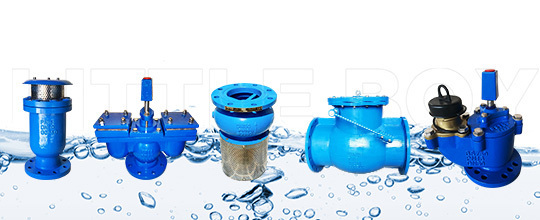What is cryolite? What are the types and types of cryolite?(Ⅰ)
Cryolite can be divided into high molecular weight cryolite and low molecular weight cryolite based on the ratio of sodium fluoride to aluminum fluoride molecules. Most domestic aluminum electrolysis plants in China use low molecular weight cryolite with a molecular ratio of 1.8-2.2 as the electrolyte for aluminum electrolysis. Due to the superior environmental protection and economic benefits of using high molecular weight cryolite compared to low molecular weight cryolite, various aluminum electrolysis plants in China generally use high molecular weight cryolite as an electrolyte for aluminum electrolysis. Cryolite can be divided into sandy cryolite, granular cryolite, and powdered cryolite based on its physical properties.
Cryolite
1、 The characteristics of sandy cryolite are: ① low melting point, fast melting speed, which can shorten the time to enter normal working state; ② The molecular ratio can be adjusted within a large range, which can adapt to the different requirements of cryolite molecular ratio at different stages of the electrolytic cell; ③ Low moisture content and low fluoride loss; ④ Granular, with good flowability and easy transportation; ⑤ Easy to obtain raw materials and low production costs.
2、 The characteristics of granular cryolite are:
① Good fluidity, dust pollution, suitable for mechanized cutting; ② High actual yield in electrolytic production can reduce the cost of electrolytic aluminum; ③ The molecular ratio is between 2.5 and 3.0, which is particularly suitable for the opening of electrolytic aluminum cells; ④ Most particles are 1-10mm in size.
3、 The characteristics of powdered cryolite are:
① Can achieve higher particle size, usually over 200 mesh; ② The molecular ratio can reach 1.75-2.5, indicating good adjustability; ③ Ultrafine products with a pass rate of over 98% for 325 mesh can meet the requirements of special industries for cryolite.
characteristic
1. High molecular ratio, stable between 2.8-3.0; High main content, low impurity content, and high yield.
2. The use of polymers in the new start-up tank has advantages such as smoother electrolyte levels, slower shrinkage, and smoother changes in molecular ratio compared to cryolite, which is conducive to the stable maintenance of electrolyte composition; The cathode absorbs sodium evenly, which is beneficial for extending the service life of the electrolytic cell; The electrolysis temperature is reasonable, with small changes and easy to control; Low volatilization loss can effectively improve on-site operating conditions.
3. It can greatly save the amount of sodium fluoride or soda ash used and reduce production costs.
4. There are three types of states: sandy (80 mesh), powdery (200-325 mesh), and granular (0-10mm).
Granular cryolite (0-10mm): mainly used as a flux for aluminum electrolysis, especially suitable for electrolytic aluminum cell opening and normal production.






